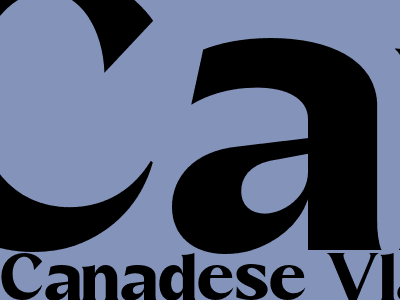Content That Ranks High on Google and Is Compliant with Blogger.com Policy
1. Use Relevant Keywords
Put yourself in the mind of the person who is likely to be searching for your content. What words or phrases would they type into a search engine? Include these relevant keywords in your title, headings, and throughout your content.
Keyword stuffing is a big no-no - it will actually hurt your ranking. Instead, use keywords naturally and sparingly throughout your content. Use latent semantic indexing keywords that are semantically linked to your main keyword, which will help search engines understand the context of your document and better determine its relevance to a search query.
2. Target Long-Tail Keywords
Long-tail keywords are more specific and less competitive than short-head keywords. This means that they are easier to rank for search engine results pages (SERPs). For example, the long-tail keyword "how to write a blog post" is less competitive than the short-head keyword "blogging."
Use long-tail keywords throughout your content, but be sure to use them naturally. Don't force them into your content in a way that sounds unnatural.
3. Create High-Quality Content
This is the most important factor in ranking high on Google and is compliant with Blogger.com policy. Your content should be well-written, informative, and engaging. It should be something that people will want to read and share.
Don't just churn out content for the sake of it. Take the time to create something that is truly valuable to your audience.
4. Optimize Your Content for Mobile
More and more people are using their smartphones and tablets to access the internet. As a result, Google has started to give preference to mobile-friendly websites and content in its search results.
Make sure that your content is easy to read and navigate on mobile devices. Use a responsive design that adapts to different screen sizes.
5. Use Header Tags
Header tags (
, , , etc.) are used to structure your content and make it easier to read. They also help search engines understand the hierarchy of your content.
, etc.) are used to structure your content and make it easier to read. They also help search engines understand the hierarchy of your content.
Use header tags to break up your content into logical sections. Use the
tag for the title of your blog post, and then use and tags for subheadings. 6. Use Bullet Points and Lists
tags for subheadings. 6. Use Bullet Points and Lists
Bullet points and lists can help to make your content more readable and scannable. They can also help to break up your text and make it more visually appealing.
Use bullet points and lists to present information in a clear and concise way.
7. Use Images and Videos
Images and videos can help to break up your text and make your content more visually appealing. They can also help to illustrate your points and make your content more engaging.
Use images and videos sparingly, and make sure that they are relevant to your content.
8. Link to Reputable Sources
Linking to reputable sources can help to build trust and authority with your audience. It can also help to support your claims and make your content more credible.
When you link to a source, make sure that it is a credible and authoritative website. Don't link to spammy or low-quality websites.
9. Promote Your Content
Once you have created high-quality content, it's important to promote it so that people can find it. There are many different ways to promote your content, such as social media, email marketing, and paid advertising.
Find the promotion methods that work best for you and your audience.
10. Be Patient
It takes time to build up your ranking on Google. Don't expect to see results overnight. Just keep creating high-quality content and promoting it, and eventually you will start to see results.

Comments